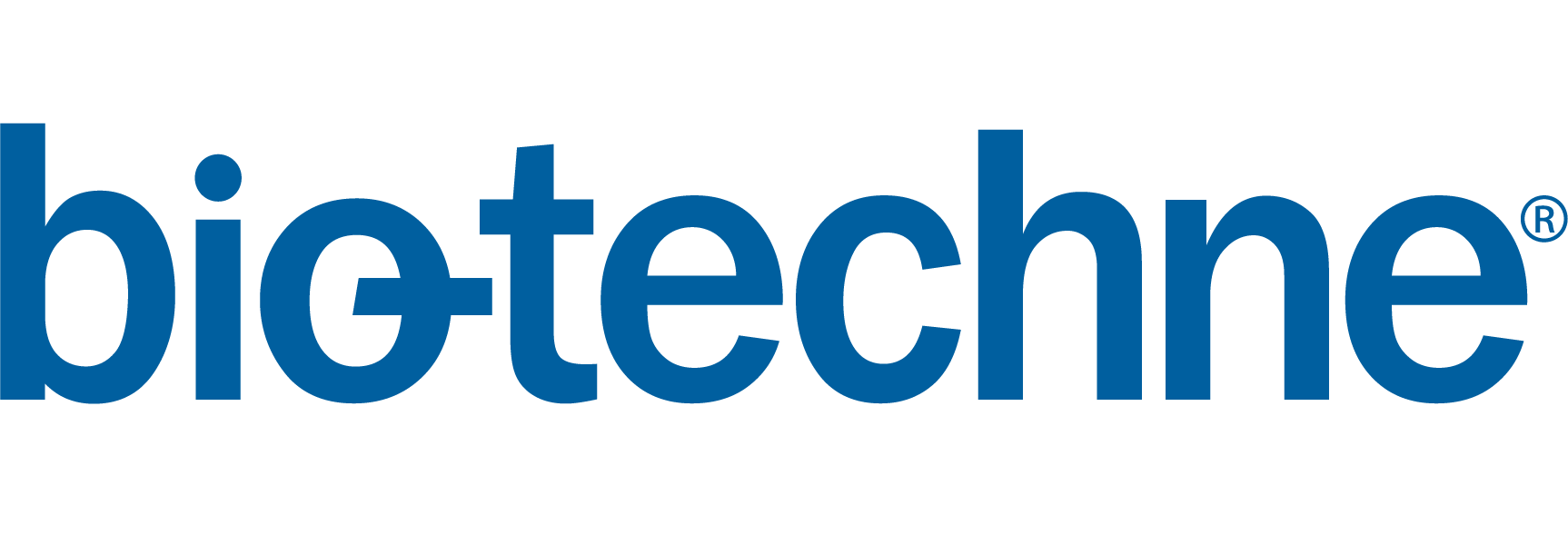
Poster Exhibition Area
Promega

Unlocking Targeted Protein Degradation
Targeted protein degradation is a promising new therapeutic strategy consisting of small molecules, most commonly molecular glues or Proteolysis Targeting Chimeras (PROTACs), which elicit degradation of a target protein. These compounds function to bring into proximity the target protein with an E3 ligase complex component.
This results in formation of a ternary complex which serves to ubiquitinate and degrade the target protein via the ubiquitin proteasomal pathway. Significant challenges persist to characterize the cellular mechanism of action and the highly dynamic degradation responses induced by these compounds. Here we present a live-cell, luminescence-based technology platform, combined with CRISPR/Cas9 endogenous tagging, with these capabilities.
Tagging of target proteins with the small peptide, HiBiT, which has high affinity for and can complement with the LgBiT protein to produce NanoBiT luminescence, allows for sensitive detection of endogenous protein levels in living cells and can also serve as a BRET energy donor to study protein:protein or protein:small molecule interactions required for successful degradation. We demonstrate the ability to quantitate key degradation parameters for compound triaging and ranking including rate, Dmax, and Dmax50.
We further confirm mechanism by monitoring the kinetics of induced ternary complex formation and target ubiquitination using either a PROTAC or molecular glue. Finally, we highlight the ability of these tools to identify the key cellular mechanisms underpinning the dramatic improvement in degradation potency and kinetics of SIM1, a novel trivalent degrader, compared to the parent bivalent MZ1 PROTAC.
Together, these approaches expand the capabilities for understanding degrader efficacy in live cells as well as identifying next generation protein degradation therapeutic targets.
Authors
Kristin M. Riching, Sarah Mahan, Craig Malcolm, Elizabeth A. Caine, Cesear Corona, Danette L. Daniels, and Marjeta Urh - Promega Corporation
Poster
Refeyn

Measuring the formation of PROTAC ternary complexes with mass photometry
PROTACs (PROteolysis-Targeting Chimeras) can form target/PROTAC/ligase ternary complexes to facilitate the degradation of target proteins via the proteasome. Complex formation may involve cooperativity as well as a bell-shaped (rather than sigmoidal) dose-response curve. To optimise PROTAC systems, it is important to understand how ternary complex formation depends on PROTAC concentration.
We present an assay using mass photometry, a technology that measures the mass of individual biomolecules in solution. We apply it to a system consisting of BRD4, the VHL/ElonginC/ElonginB ligase complex and the PROTAC MZ1. Mass photometry allowed us to clearly monitor the formation of complexes. As the MZ1 concentration increased, in addition to ternary complex formation, we observed formation of a quinary complex of two VHL molecules bound to BRD4. Eventually, MZ1 saturated VHL and BRD4, leading to a drop in ternary complex.
Our results show that mass photometry can be used to monitor the formation of ternary complexes and quantify the relative concentrations of intermediate species. Using surface-based methods, it is only possible to detect the binding of a ‘preformed’ binary complex to one other component. In contrast, mass photometry results are obtained without the need for protein labelling or immobilisation.
Authors
Racha Majed - Sales and Applications Specialist
Poster
Concept Life Sciences

Bifunctional degraders of BRPF1 that retain the antiproliferative phenotype
Utilising our Integrated Drug Discovery Platform consisting of in-house PROTAC synthetic capabilities, ability in PROTAC ADME characterisation, and biological screening capabilities in haematological malignancies, we disclose our initial investigations into the role of BRPF1 in Acute Myeloid Leukemia (AML).
We have designed a series of BRPF1 PROTACs to test the hypothesis that small-molecule degraders of BRPF1 will have profound antiproliferative effects in AML cell lines that harbour MLL translocations. In addition to their potential as new medicines, PROTACs are a powerful tool in the arsenal of techniques available for target validation.
Authors
Rosie Crampton, Thomas Pesnot, Andrew Scott, Gary Nelson, Lynette Ongiri, Anne-Chloe Nassoy, Ralph Kirk, Daniele Narducci, Habiba Begum, Vincent Rao,
Niall Martin, Lynsey McKenzie, Matilda Bingham
Poster
Supplements
Bio-Techne

Validating targets for targeted protein degradation using dTAG - a comprehensive workflow solution
Degraders and the field of Targeted Protein Degradation offer a mechanistically differentiated way to modulate target proteins using small molecules. While a small molecule inhibitor will block or modulate a specific protein domain or function (for example an enzymatic role), a Degrader will knockdown the entire protein, removing all possible functions. Inhibition therefore does not always phenocopy degradation and careful assessment of potential targets for new Degrader development programs is vital. Target validation is therefore an important stage of the Degrader development project workflow.
TAG degradation technology offers a generalizable strategy to degrade, in principle, any intracellular protein of interest (POI). Its key benefit is that it does not rely on the pre-existence of a ligand or PROTAC® for the POI. The broad applicability that it offers makes this a useful strategy for exploration and validation of targets, particularly in the context of new Degrader development programs.
Here we present two case studies illustrating the dTAG workflow. We present data to demonstrate the value of testing both CRBN- and VHL-recruiting dTAG Degraders for each POI target as well as the use of negative control Degraders. We also show the utility of using a FKBP12 antibody for detecting POI∙dTAG fusion molecules, allowing for a more simplified procedure when probing multiple targets.
Authors
Pouya Amrollahi, Marnie Wallin, Nithya Jesuraj, Jeff Cooper, Joel Cresser-Brown, Chris Heger, Charles Haitjema, Hannah Maple
Poster
Beacon
An Overview of Current TPD Programs & Future Directions of the Field
The field of targeted protein degradation has grown at an exponential rate in the last few years. There are currently 16 bivalent degraders in clinic, a stark contrast from 2019 when the first 2 PROTACs entered the clinic. The field has also seen a diversification of modalities, such as the protein stabilizing DUBTAC technology. Molecular glues in particular have seen an influx in investment, with several major deals announced in Q1 2022. TPD is at an exciting point and we can expect this momentum to continue in the coming years.
Authors
Sofia Rodriguez - Research Analyst
Poster
Canterbury Christ Church University

Identification of small molecule stabilizers of the IkBa NF-kB p50:p65/RelA complex.
The inflammatory response coordinates various signalling pathways and is mediated by the transcription factor nuclear factor kappa-light-chain enhancer (NF-κB) of resident tissue cells and immune cells. Inflammatory responses play a crucial role in the immune system, autoimmune diseases, and cancer. NF-κB is directly regulated through protein−protein interactions, including those with p50:p65/RelA dimer and IκBa to form a trimeric complex in the cytoplasm. IkBa serves to sequesters the p50:p65/RelA dimer in an inactive state. IkBa becomes phosphorylated and subsequently degraded.
This liberates the p50:p65/RelA dimer, which is its active form that moves to the nucleus to act as a transcription factor. These pathways are often deregulated in a number of cancers. In this study, we used artificial intelligence molecular screening to obtain a set of small molecule compounds predicted to target a binding site within the p50:p65/RelA: IκBa trimer complex. These compounds were screened on lung cancer cell lines using a luciferase assay, and the function of positive hits was further evaluated and validated using an assay to assess for small molecules acting as ‘Molecular glues’.
Our study identified a novel strategy to potentially stabilise the p50:p65/RelA: IκBa trimer complex with the potential to reduce the inflammatory pathway which is deregulated in cancer.
Authors
Ellie Giles, Benjamin M. Samudio, Lee J. Byrne and Cornelia M. Wilson
1. Canterbury Christ Church University, School of Human and Life Sciences, Discovery Park, Sandwich, CT13 9ND, UK.
2. Atomwise, San Francisco, California 94103, USA.